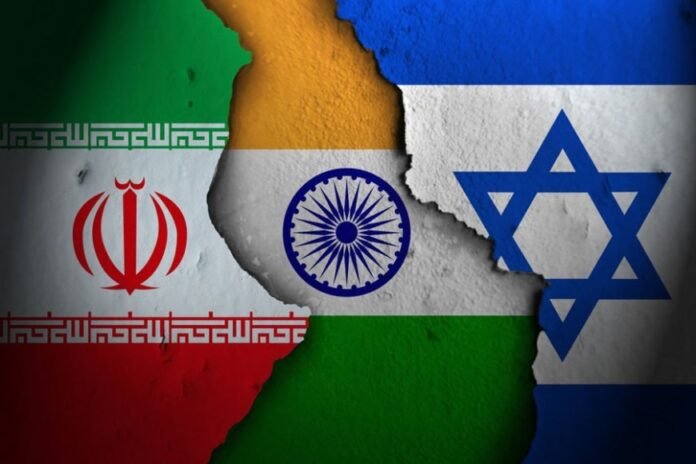
The escalating conflict between Iran and Israel poses several potential risks to global economies, including India. With both countries located in a volatile region crucial to energy supplies and global trade, any military clash could significantly impact India, which heavily depends on Middle Eastern countries for its energy needs. Here are five key ways this conflict could affect India’s economy.
1. Rising Oil Prices and Inflation
One of the most immediate consequences of a conflict in the Middle East is a spike in crude oil prices. India imports a significant portion of its oil and gas from the Middle East, including from Iran and Iraq. A disruption in supply routes or the closure of key chokepoints like the Strait of Hormuz could lead to soaring oil prices. Rising oil prices would directly contribute to inflation in India, making everything from transportation to goods production more expensive. According to reports, a $10 per barrel increase in oil prices could lead to a 0.5 percentage point rise in India’s Consumer Price Index (CPI), making essentials more expensive for consumers.
2. Impact on Trade Routes
A potential escalation in the conflict could impact trade routes, particularly the Red Sea shipping lanes and the Strait of Hormuz, which are vital for oil shipments to India. India’s imports, especially liquefied natural gas (LNG) from Qatar and oil from Saudi Arabia, pass through these routes. Any disruptions here could significantly increase freight costs, further pushing up the prices of imported goods and energy. With nearly two-thirds of India’s oil coming through the Hormuz Strait, the consequences could be severe, leading to higher transportation and shipping costs across sectors.
3. Widening Current Account Deficit
India’s current account deficit (CAD) is largely influenced by its oil import bill. If oil prices rise sharply due to the conflict, India’s oil import bill could increase significantly. For instance, a $10/barrel uptick in crude prices could widen India’s net oil imports by $12-13 billion for the fiscal year, putting additional strain on the CAD. A larger CAD weakens the Indian rupee and increases borrowing costs, making it more expensive for the country to finance its imports, thereby affecting economic stability.
4. Challenges to the India-Middle East-Europe Economic Corridor (IMEC)
India has ambitious plans to boost trade with Europe through the India-Middle East-Europe Economic Corridor (IMEC), which was announced during the 2023 G20 summit. The project aims to strengthen India’s connectivity with the Gulf and Europe through a network of roads, railways, and shipping routes. However, an intensification of the conflict in the Middle East could derail the progress of this initiative. Instability in the region would delay critical infrastructure projects, raising concerns over India’s long-term trade ambitions with Europe and the Middle East.
5. Delays in Monetary Policy Adjustments
India’s central bank, the Reserve Bank of India (RBI), has been expected to cut interest rates due to cooling inflation in recent months. However, a surge in oil prices caused by the conflict could derail these plans. Rising inflation would force the RBI to maintain higher interest rates to curb consumer prices, which would slow down economic growth. Higher interest rates could also dampen business investments and consumer spending, further slowing the economic recovery post-pandemic.
Summing Up
India, as a major importer of oil and gas, is particularly vulnerable to disruptions in the Middle East. The Iran-Israel conflict not only risks pushing up oil prices but could also lead to trade route disruptions, increased inflation, and delays in key economic policies. Although India has diversified its energy imports by increasing purchases from Russia, it remains heavily reliant on the Middle East. Any escalation in the region could trigger a ripple effect on India’s economy, straining growth prospects and creating new challenges for its policymakers.

